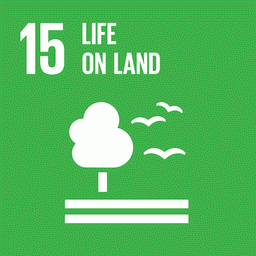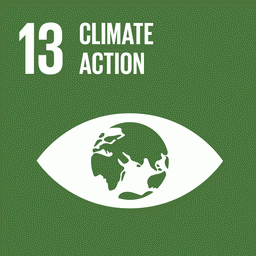Undesignated public forests in the Amazon must remain as forests and in the public hands, aiming for conservation, focused on indigenous occupation, or sustainable use of their resources, especially by the native and traditional populations. However, the delay in the proper destination of these public forests puts them in the sights of land grabbers and, consequently, of illegal deforestation.
In this technical note, we present the most recent and complete mapping and analysis of the dynamics of land grabbing affecting undesignated public forests in the Amazon biome, showing the advance of deforestation and fire in the last five years.

